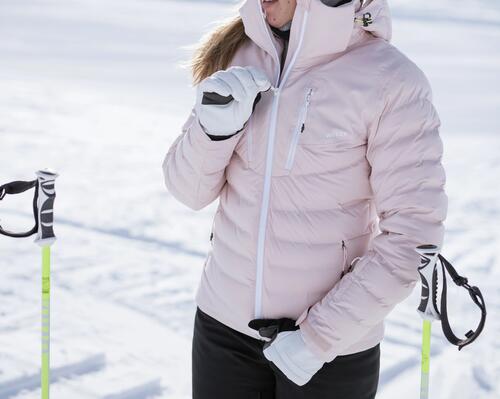Why should you wax you skis at the end of the season?
When skis are waxed, a suitable wax is applied to their soles. The sole is located under the ski, the part that is in direct contact with the snow when you ride. The wax allows you to optimise the gliding quality of your ski or snowboard soles. There are different types of solid waxes, which are applied hot, and liquid waxes, which are applied cold.
👉 See the types of wax
During the storage period of your skis, also known as storage, temperature variations and humidity are the main enemies of your ski equipment. This is where the end-of-season waxing comes in. It protects the soles of your skis and keeps them supple, so you won't have a nasty surprise when you take them out. It also protects the edges by limiting rust caused by humidity. But beware, waxing at the end of the season is not quite the same as at the beginning or middle of the season: do not scrape excess wax off the sole. We’ll explain everything!











